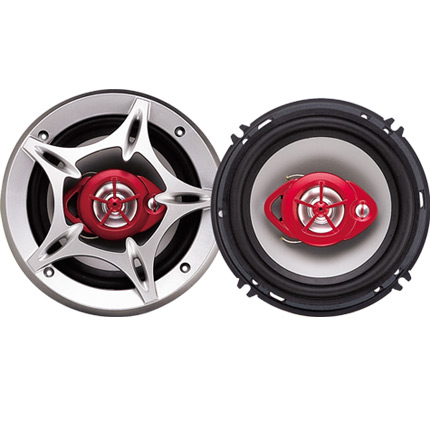small engine throttle cable
Understanding Small Engine Throttle Cables
Throttle cables play a crucial role in the functionality of small engines, such as those found in lawn mowers, chainsaws, and various outdoor power equipment. These cables are responsible for controlling the flow of fuel and air into the engine, which in turn regulates the engine's speed and performance. In this article, we will delve into the importance of throttle cables, how they work, and some tips for maintenance and replacement.
What is a Small Engine Throttle Cable?
A throttle cable is a flexible cable that connects the throttle control on the equipment to the carburetor or fuel injection system of the engine. When the operator pulls or pushes the throttle lever, the cable transmits that motion to the engine, opening or closing the throttle valve. This action affects the engine's RPM (Revolutions Per Minute) and overall power output. Essentially, the throttle cable acts as the nervous system of the engine, responding to the user's commands.
How Does a Throttle Cable Work?
When you engage the throttle, either by pushing a button, lever, or handle, the throttle cable becomes taut and pulls on the throttle plate or valve. As the throttle opens, more air and fuel mix enters the combustion chamber, allowing the engine to rev higher, increasing power for tasks like cutting through thick grass or felling a tree. Conversely, releasing the throttle allows the valve to close, reducing the engine's speed and giving the operator more control.
Additionally, most small engines are designed with safety features that include automatic throttle return mechanisms. When the operator releases the throttle control, the cable’s spring mechanism pulls the throttle back to its idle position, preventing the engine from running at high speeds unintentionally—an essential consideration for user safety.
small engine throttle cable

Importance of Throttle Cables
The throttle cable’s functionality is critical for optimal engine performance. A malfunctioning throttle cable can lead to various issues, such as stalling, poor acceleration, or an inability to control the engine speed effectively. These problems may arise from wear and tear, fraying, or snagging within the housing. Ensuring that the throttle cable is in good condition is crucial not just for performance, but also for safety.
Maintenance and Replacement
Regular inspections of the throttle cable are vital for any small engine operator. Signs of wear may include fraying or visible damage to the cable housing, increased resistance when operating the throttle, or inconsistent engine response. If you notice these signs, it’s recommended to replace the cable promptly to avoid potential accidents or further engine damage.
Replacing a throttle cable is typically a straightforward task. Most small engine manuals provide detailed instructions on how to remove the old cable and install a new one. It's essential to choose the correct replacement cable that matches your equipment’s specifications to ensure compatibility.
In conclusion, the throttle cable is a small but essential component of small engine operation. Understanding its function, maintaining it properly, and replacing it when necessary can help ensure that your equipment operates efficiently and safely. Regular checks can save you from potential mishaps or costly repairs, enhancing your overall experience with your outdoor power tools. Whether you’re a weekend gardener or a professional landscaper, knowing the importance of your throttle cable can significantly impact your engine's performance and longevity.
-
Workings of Clutch Pipe and Hose SystemsNewsJun.04,2025
-
The Inner Workings of Hand Brake Cable SystemsNewsJun.04,2025
-
The Secrets of Throttle and Accelerator CablesNewsJun.04,2025
-
The Hidden Lifeline of Your Transmission Gear Shift CablesNewsJun.04,2025
-
Demystifying Gear Cables and Shift LinkagesNewsJun.04,2025
-
Decoding Clutch Line Systems A Comprehensive GuideNewsJun.04,2025
